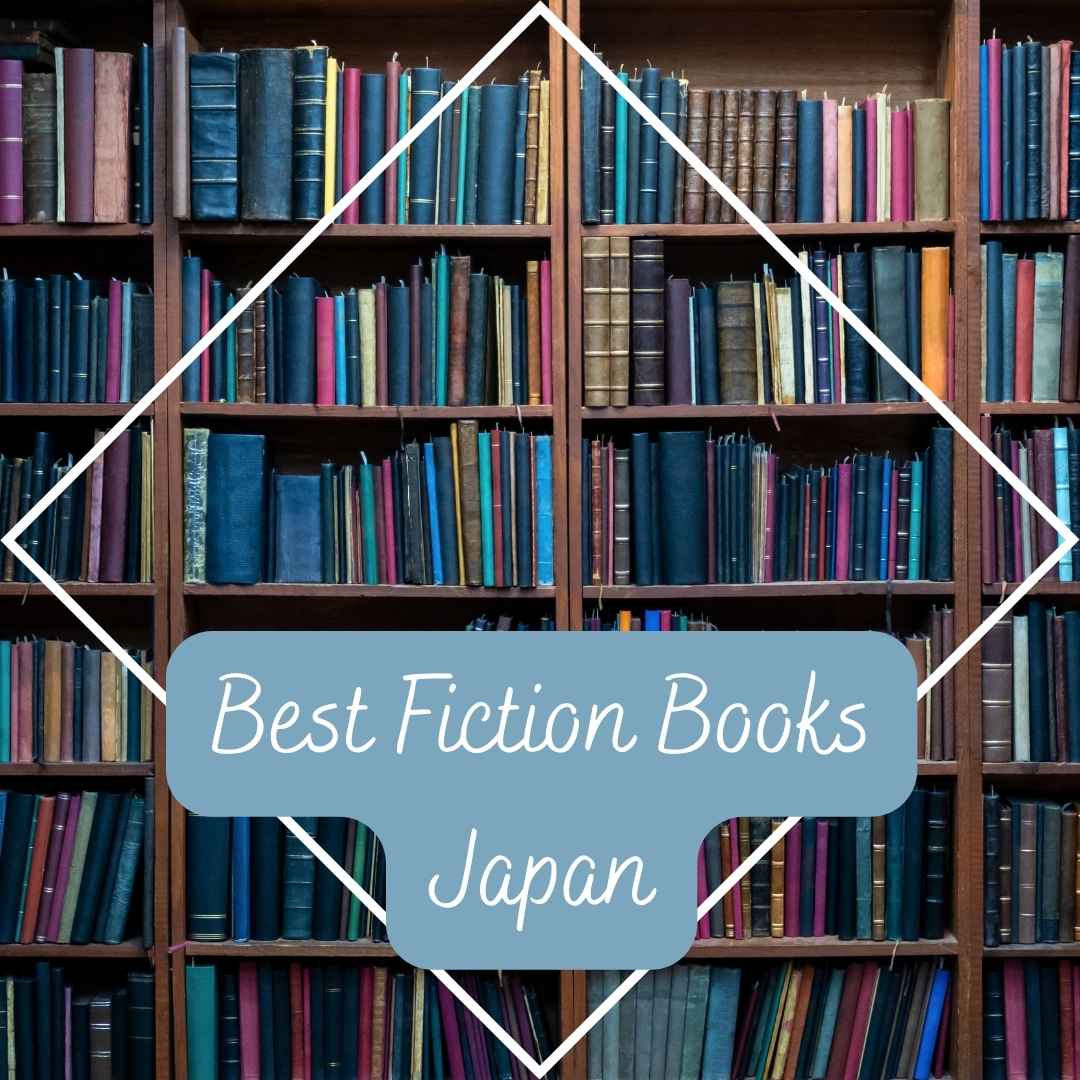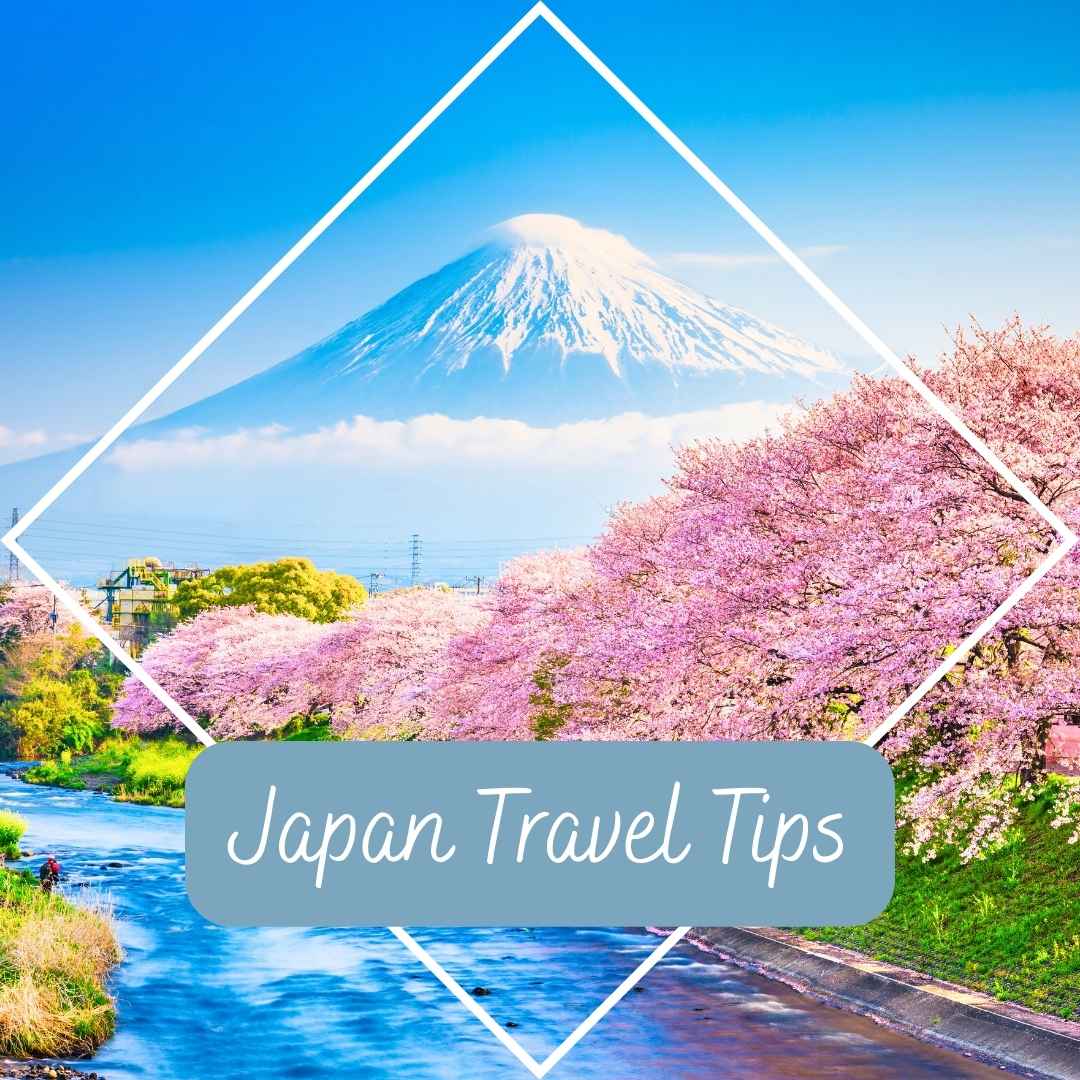This post contains affiliate links. If you make a booking through them, we may earn a small commission at no extra cost to you. As an Amazon Associate, I earn from qualifying purchases.
Travelling the world with your kids, reliving your backpacking days as a family. It sounds like a dream, right? And honestly, it is. It’s a chapter I know I’ll look back on and treasure forever.
The only real difference? The late nights drinking from buckets on Phi Phi Island are long gone. These days it’s morning hikes, midday meltdowns, and early nights in front of a TV in a different language.
So I’ve rediscovered something I forgot I loved. Reading.
Picking up a book about the country you’re heading to or planning too. It makes the whole place feel more alive when you finally get there.
Here are the best fiction books about Japan to read before visiting.
Fiction Books Set In Japan
1. Shogun by James Clavell
⭐️⭐️⭐️⭐️(4.7)
Genre: Historical Fiction, Epic, Adventure, Political Drama
Published: 1975
Setting: Feudal Japan, early 1600s
An epic read in every sense! Its story of feudal Japan, set in the 1600’s Don’t let its 1,200-page length put you off. This one’s stood the test of time for a reason. You’ll be hooked! It’s recently been reimagined with a hit 2024 TV series. Shogun follows a shipwrecked Englishman navigating samurai politics, forbidden love, and a culture unlike anything he’s known. It’s bold, brutal, and beautifully written. Once you’re in, you won’t be able to put it down. Think game of thrones but swap the magic for kimono’s.
While Shōgun stands on its own, it’s actually part of James Clavell’s Asian Saga a series of loosely connected novels exploring colonialism, power, and culture across Asia. The books aren’t direct sequels, but they share themes, history, and occasional nods to each other. If this one grabs you (and it will), the rest are well worth diving into.
2. Pachinko by Min Jin Lee
⭐️⭐️⭐️⭐️(4.5)
Genre: Historical Fiction / Family Saga
Published: 2017
Setting: Beginning Korea, through generations in Osaka and Japan (1910s–1980s)
Pachinko follows one Korean family across four generations, starting with Sunja, a teenager in the early 1900s who gets pregnant by a wealthy stranger. She marries a kind minister and moves with him to Japan, where life is anything but simple.
The family faces poverty, racism, and the quiet heartbreak of never quite belonging. It’s not flashy or fast-paced, but it’s powerful in a different way. The writing is clean, the characters feel real, and by the end, you’ll feel like you’ve lived part of their story too.
If you want something moving, layered, and honest, this one delivers. There is also a TV show but which has got an 8.4 out of ten, as all readers are aware. Books are always better than the TV / Film adaptations so if it got 8.4 on IMDB. You just know the book is worth a read. Whilst not quite the epic length Shogun is, this still has depth (its about twice your typical thriller novel in length).
3. Memoirs of a Geisha by Arthur Golden
⭐️⭐️⭐️⭐️(4.5)
Genre: Historical Fiction / Coming-of-Age
Published: 1997
Setting: Kyoto, Japan – 1920s to post-WWII
So actually, if you from a similar generation as myself then you probably read this in school. Well being honest it was waste on me then, I actually was reminded of this book when we seen a geisha and I was trying to explain what they were to my son. Not quite rememebering all the details, I figuered I would re-visit the book and I am glad I did. If you’ve wondered about the beauty of a geisha’s world, this is the book that put that image on the map. Memoirs of a Geisha tells the story of Sayuri, a poor fisherman’s daughter sold to a Kyoto geisha house in the 1920s. From scrubbing floors to mastering the art of illusion, we watch her rise through a world ruled by power, appearances, and survival.
It’s not a memoir, despite the title, but it reads like one. Heartbreak, elegance, quiet rage – it’s all there. The book’s accuracy has been debated, but as a story, it’s absolutely gripping. Once you’re in, you won’t want to put it down. There is images, that have lived with me for twenty years, such as the uncomfortable bandaging of the feet. I wont ruin any more. Well worth a read.
4. Colorless Tsukuru Tazaki and His Years of Pilgrimage by Haruki Murakami
⭐️⭐️⭐️⭐️(4.2)
Genre: Literary Fiction / Emotional Journey
Published: 2013
Setting: Modern-day Tokyo and Nagano, Japan
Ok, so even the name is a bit of a commitment and so it the book to be honest. Fast paced action thriller it is not. Its more the thinking mans book. It is about a man who’s always felt invisible, especially after being suddenly cut off by his closest friends in high school. Years later, he’s a railway station designer in Tokyo, trying to build things that connect people, even as he’s haunted by that group and why he was the one they left behind.
Tsukuru sets out to track each of them down. What follows is a slow unraveling of memory, regret, and quiet moments of clarity. It’s not plot-heavy. It’s about what sits just beneath the surface, the things we carry when we think we’ve moved on. If you’ve ever felt like the boring one in the group, this one hits home.
5. The Samurai’s Garden by Gail Tsukiyama
⭐️⭐️⭐️⭐️(4.4)
Genre: Historical Fiction / Literary Fiction
Published: 1994
Setting: A quiet coastal village in Japan during the late 1930s (pre-WWII)
Not as well known as some of the others on this list, but The Samurai’s Garden I have a feel you will like it, feels quintessentially Japanese. It’s set in a sleepy Japanese village on the brink of war, where a young Chinese man is sent to recover from tuberculosis. What he finds instead is quietude, healing, and a dignified gardener named Matsu, whose care for the garden mirrors the quiet strength and inner discipline he brings to life. A classic mentor character, this book is symbolic, gentle and emotional.
Think of it like the literary version of a slow, misty morning.











